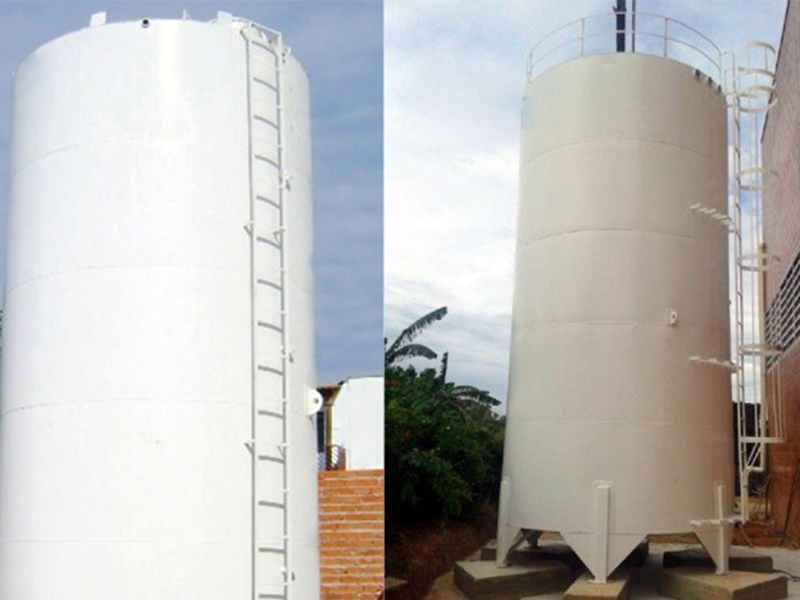For water or liquid storage needs, a tubular metal reservoir is a reliable and robust solution. Known for its strength and efficiency, this type of reservoir is ideal for various industries, including industrial, agricultural, and residential settings.

In this guide, we’ll explore the key benefits, features, and uses of tubular metal storage tanks. Whether you’re looking for a solution to store water, chemicals, or other liquids, this comprehensive overview will guide you through the decision-making process.
What Is a Tubular Metal Reservoir?
A tubular metal reservoir is a metal storage tank designed in a tubular shape, constructed for durability and efficiency. Manufactured using high-grade metals, these reservoirs are built to withstand harsh environments.

Due to its cylindrical design, this reservoir ensures structural stability, making it suitable for high-capacity storage needs. The ability to adapt sizes and specifications make it ideal for both large-scale and small-scale projects.
Why Choose a Tubular Metal Storage Tank
These tanks come with numerous features that set them apart from other types of reservoirs. Here’s what makes them a preferred option:
- Long-Lasting Build: Crafted from materials like stainless or galvanized steel, these reservoirs are resistant to wear, corrosion, and heavy use.
- Compact Design: This design provides excellent volume-to-space efficiency, making it practical for limited areas.
- Multiple Applications: Perfect for storing water, chemicals, or fuels, these reservoirs can serve a variety of purposes.
- Weatherproofing: With protective coatings, these tanks are highly durable, even in harsh environments.
- Flexible Configurations: Can be tailored to meet specific requirements, ensuring a perfect fit for your needs.
Tips for Selecting the Best Metal Storage Tank
Choosing the ideal metal tank depends on your specific requirements. Consider the following factors:
- Capacity: Determine the volume you need to store. Larger tanks are ideal for industrial use, while smaller options suit residential applications.
- Material: Select the metal based on the type of liquid and environment. Stainless steel is excellent for potable water, while galvanized options work well for non-drinking water.
- Placement: Think about where the tank will be installed. Surface tanks are straightforward to set up, while buried tanks offer greater security and protection.
- Additional Features: Look for weatherproof and chemical-resistant layers to extend its lifespan.
- Budget: Set a budget that balances upfront costs with durability. Higher-quality tanks may save money in the long run.
Tips for Longevity and Performance
Regular care is essential to maximize the lifespan of your tubular metal reservoir. Here are key practices to follow:
- Routine Cleaning: Regularly clean the inside of the tank to maintain water quality.
- Monitor the Tank’s Condition: Conduct regular inspections for any signs of wear, and repair problems to avoid costly replacements.
- Protective Coatings: Ensure protective layers remain intact to prevent rust and corrosion.
- Prepare for Environmental Factors: Ensure proper insulation for regions with harsh climates to maintain consistent performance.
Applications of Tubular Metal Reservoirs

These reservoirs are widely used due to their adaptability and strength. Common applications include:
- Agriculture: Ideal for irrigation systems or fertilizer storage.
- Factory Settings: Perfect for storing chemicals, oils, or production liquids.
- Public Works: Essential for municipal water management.
- Residential: Compact options are perfect for household needs.
Is a Tubular Metal Reservoir Right for You?
In conclusion, a tubular metal reservoir is an excellent choice for liquid storage needs. Its durability, versatility, and customizability, make it a worthwhile investment.
From small-scale projects to large fabrica de reservatorio metalico operations, a bebedouro para gado australiano tubular metal reservoir provides unmatched reliability and efficiency. Start exploring your options today!
Comments on “Everything You Need to Know About Cylindrical Water Reservoirs”